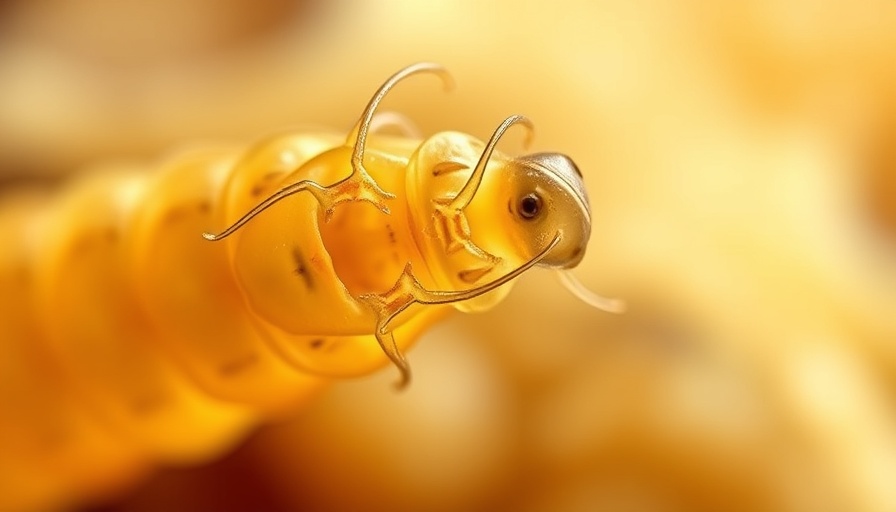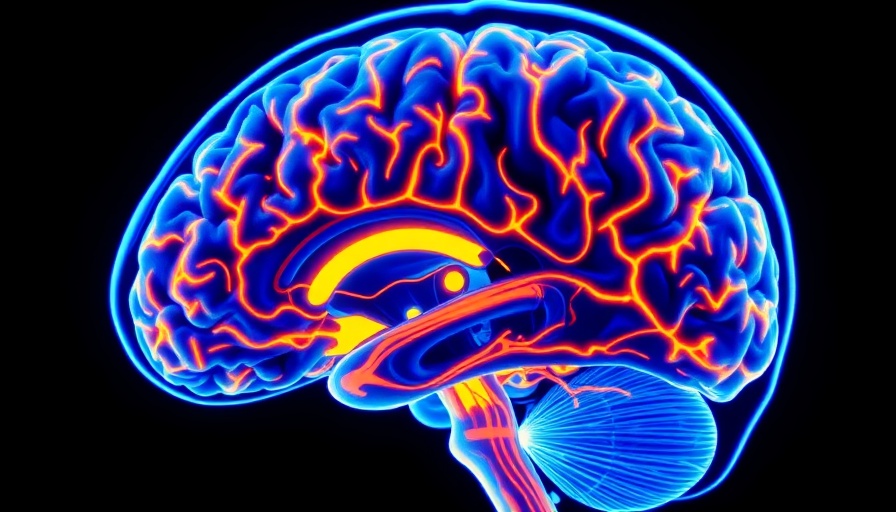
Understanding Schistosomiasis: The Silent Invader
Imagine a worm that can slip into your skin undetected by the body’s most alert functions—the pain and itch signals. This is the reality of the Schistosoma mansoni, a parasitic worm that has evolved to inhibit the body’s pain receptors, allowing it to breach our defenses with minimal fuss. New research sheds light on how this parasite manages to evade our immune system, and what it might mean for developing innovative pain management therapies.
How It Works: The Intriguing Mechanism of Infection
The research, published in The Journal of Immunology, focuses on the role of TRPV1+, a crucial protein associated with heat, pain, and itch sensations. Typically, when exposed to potential harm, our nervous system triggers signals that make us aware of pain or discomfort. This response is crucial for our survival, allowing us to react to threats or injuries. However, S. mansoni has developed a sophisticated way to suppress these signals, essentially turning off the body's alarm system. This ability to evade detection is an evolutionary advantage for the parasite, ensuring its survival and proliferation in host organisms.
The Implications for Pain Management
Discovering how S. mansoni interacts with the TRPV1+ receptors may lead to breakthroughs in pain management. Dr. De'Broski R. Herbert, a leading researcher on this study, suggests that if we can isolate the molecules responsible for blocking TRPV1+, we might be able to develop new, non-opioid-based pain relief methods. This could be particularly relevant as society grapples with the ongoing opioid crisis, seeking safer alternatives for pain management.
Schistosomiasis and its Global Impact
Schistosomiasis is not just a theoretical issue; it is a significant public health concern, especially in regions with poor sanitation where people are regularly exposed to infested water. Understanding how this parasite evades immune responses can guide preventive measures and treatment protocols. Since infection often occurs through activities like swimming or washing clothing in contaminated waters, community initiatives can be enhanced to reduce the risk of contraction by educating populations about these dangers.
What This Means for Future Therapies
If researchers can successfully identify and characterize the molecules involved in TRPV1+ inhibition, new therapeutic avenues could open not only for treating schistosomiasis but also for a range of painful inflammatory conditions. Conditions such as arthritis, migraines, and even chronic pain syndromes could potentially be managed more effectively without the reliance on opioids, improving patient quality of life.
Conclusion: A New Frontier in Pain Relief
The discovery of how S. mansoni manipulates pain receptors is a promising development in both parasitology and pain management. Future studies will need to unravel the complexities of this interaction further, but the potential for developing new therapies is an exciting prospect. Patients suffering from chronic pain and those at risk of infections may find hope in the innovations stemming from these findings.
 Add Element
Add Element  Add Row
Add Row 



Write A Comment